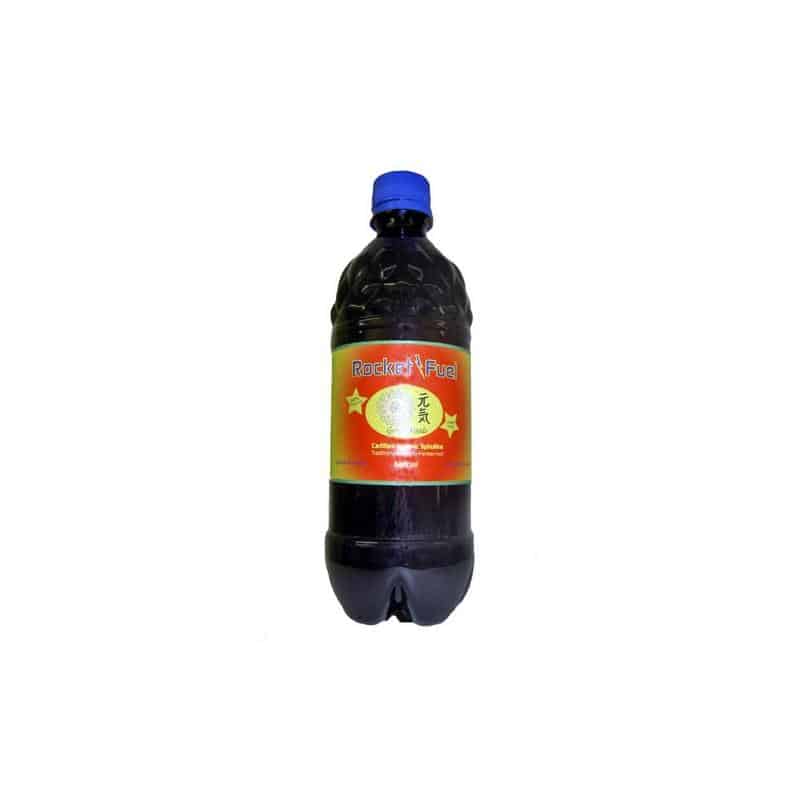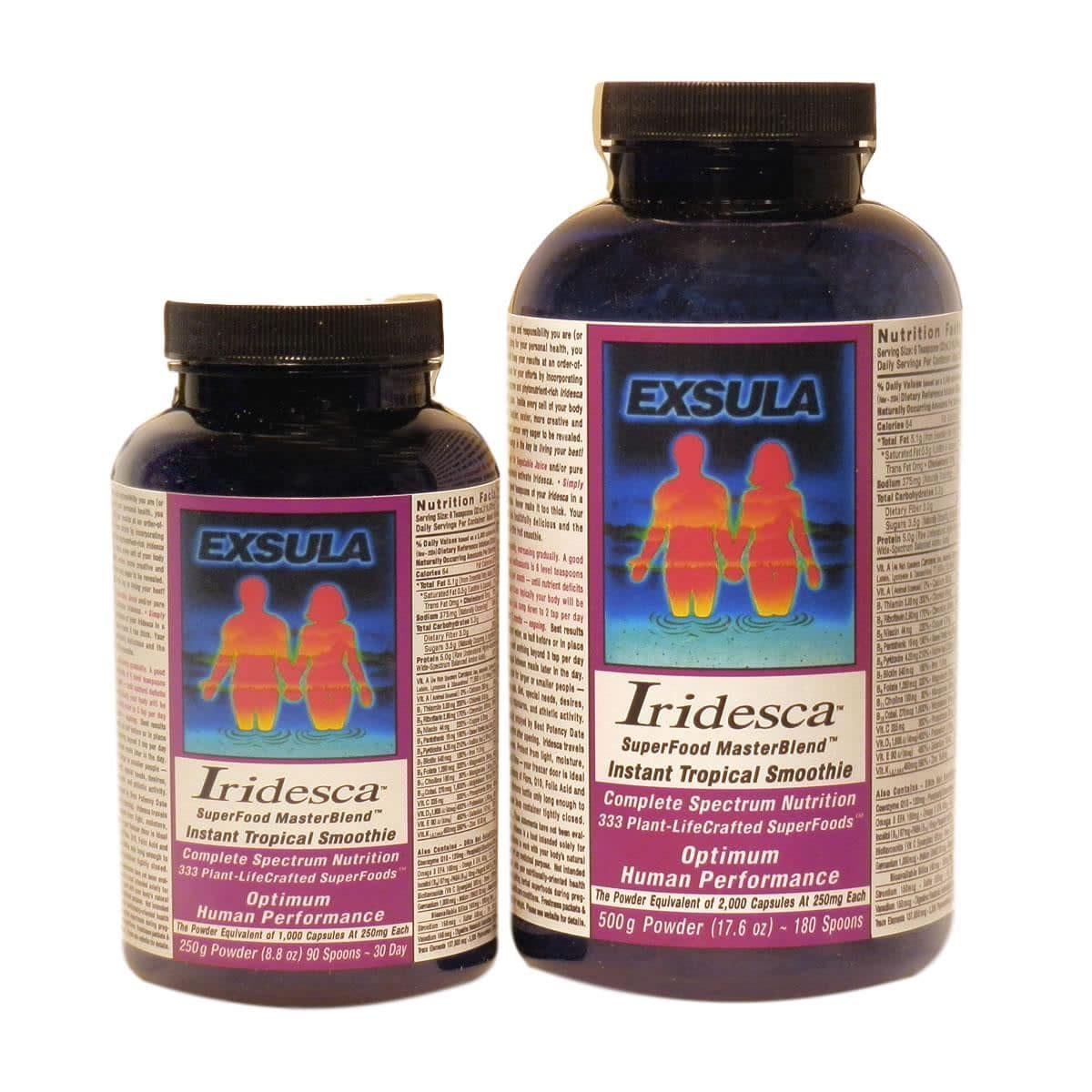No products in the cart.
Carbonated Drinks
Carbon dioxide gas or CO2 is added to water to produce sparkling water and club soda type beverages. In the human body, carbon dioxide is a deadly waste byproduct of cellular metabolism. It is carried by the blood to the lungs where it is exchanged for incoming oxygen and is then expelled with the outgoing breath.
The average adult exhales enough carbon dioxide and other toxic products of metabolism in a 24 hour period to kill 12 adult elephants. Carbon dioxide can be a deadly gas. Great numbers of people have died of CO2 poisoning. As this gas is heavier than air, it sinks to low places like sewers and the bottom of wells. There are many cases on record where people have gone down into an old well and died instantly from excess carbon dioxide gas poisoning. Recently (1986) thousands of people died in Cameroon as a result of carbon dioxide gas which was expelled from a cavern under a volcanic lake.
The Earth’s atmosphere contains 0.04% of CO2. If the content were increased up to only 3% all life on Earth would go unconscious. If the percentage were to go up to 4% all animal and insect life would die. For this reason it is extremely important to ventilate our homes and bedrooms. Every person needs 3,000 cubic feet of fresh air per hour.
When we drink highly carbonated beverages we increase the amount of CO2 gas in our blood streams and place a heavy load on our gaseous waste handling system. The increased load of CO2 decreases our ability to handle oxygen. When carbon dioxide combines with water it creates carbonic acid which plays a vital role in our planetary ecosystem. This acid decomposes limestone and other minerals making these minerals available to plants.
Carbonated water will make your plants grow vigorously but is not good for us to drink in large quantities. Microorganisms is the first few feet of top soil release carbon dioxide as part of their metabolic processes. This creates a pressure in the soil that causes the creation of carbonic acid when rain water trickles through soil layers. The carbonic acid in turn dissolves minerals which are then picked up by plants and used for food.







